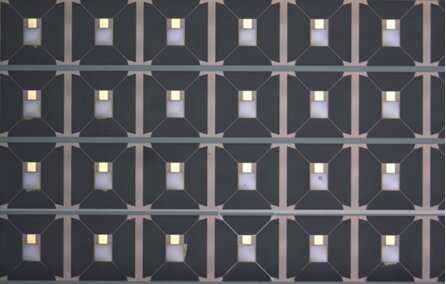Team demonstrates simultaneous readout of 60 bolometers for far-infrared space telescopes

Light with sub-millimeter and far-infrared wavelengths from deep space can travel long distances, penetrating right through dust clouds, and bring us information about the history of the universe and the origin of galaxies, stars and planets. However, the long journey has weakened these signals, and we require sensitive detectors operating at millikelvin temperatures on a space instrument.
Transition edge sensor (TES) bolometers are superconducting detectors taking advantage of the collapse of the superconducting state, and therefore a steep increase in resistance when its temperature even slightly increases. So, their resistance is extremely sensitive to a change in temperature caused by the heating power from light. When heated by incoming photons, the tiny change of the temperature can produce measurable current responses in the detector.
Challenges of TES technology used in space missions are not only this sensitivity, but also reading out multiple pixels at the same time. Without this so-called multiplexing—combining the signals from many pixels into a single paired wire—their connecting wires for each pixel would generate too much heat, making it impossible to keep the detectors at the necessary temperature close to absolute zero.
Qian Wang, working closely with Pourya Khosropanah and other members of the SAFARI-FDM team at SRON, led by Gert de Lange, has demonstrated a frequency division multiplexing (FDM) system that can read out 60 TES bolometers simultaneously using only a single paired wire and an amplifier. The readout noise is lower compared to previous work reported at SRON and by other laboratories, down to a Noise Equipment Power of 0.45 aW/ÖHz. The sensitivities measured in the multiplexing working mode are the same as in a single pixel mode. The researchers expect to read out at least 130 pixels simultaneously if they extend the frequency range used for the current FDM setup. The result demonstrates that the readout technology meets the requirements of the Japanese LiteBIRD space mission and that FDM technology is an option for NASA's OST mission in the long-term.
The study is published in Applied Physics Letters.
More information: Q. Wang et al, Frequency division multiplexing readout of 60 low-noise transition-edge sensor bolometers, Applied Physics Letters (2021). DOI: 10.1063/5.0065570
Journal information: Applied Physics Letters
Provided by SRON Netherlands Institute for Space Research





















